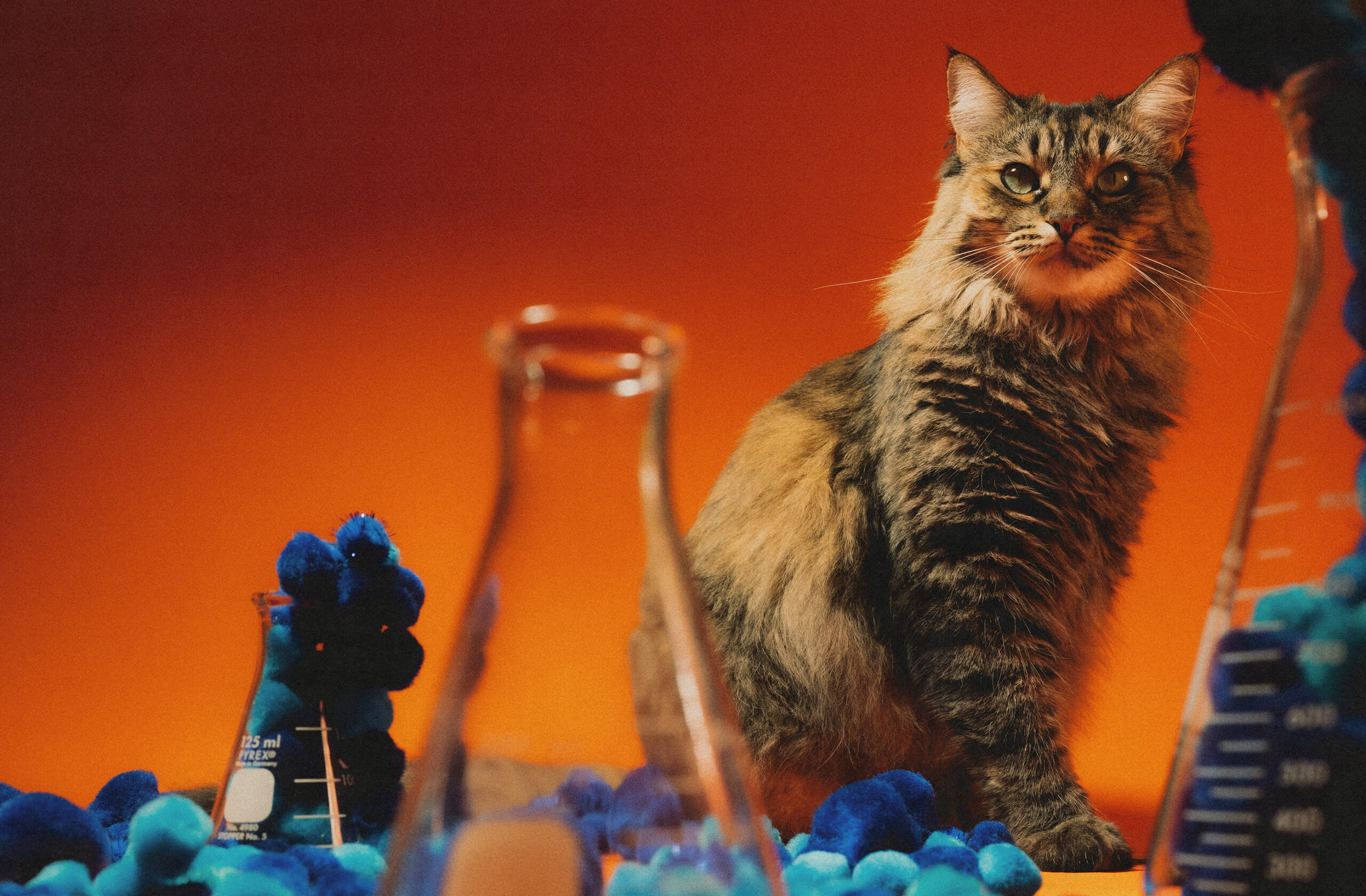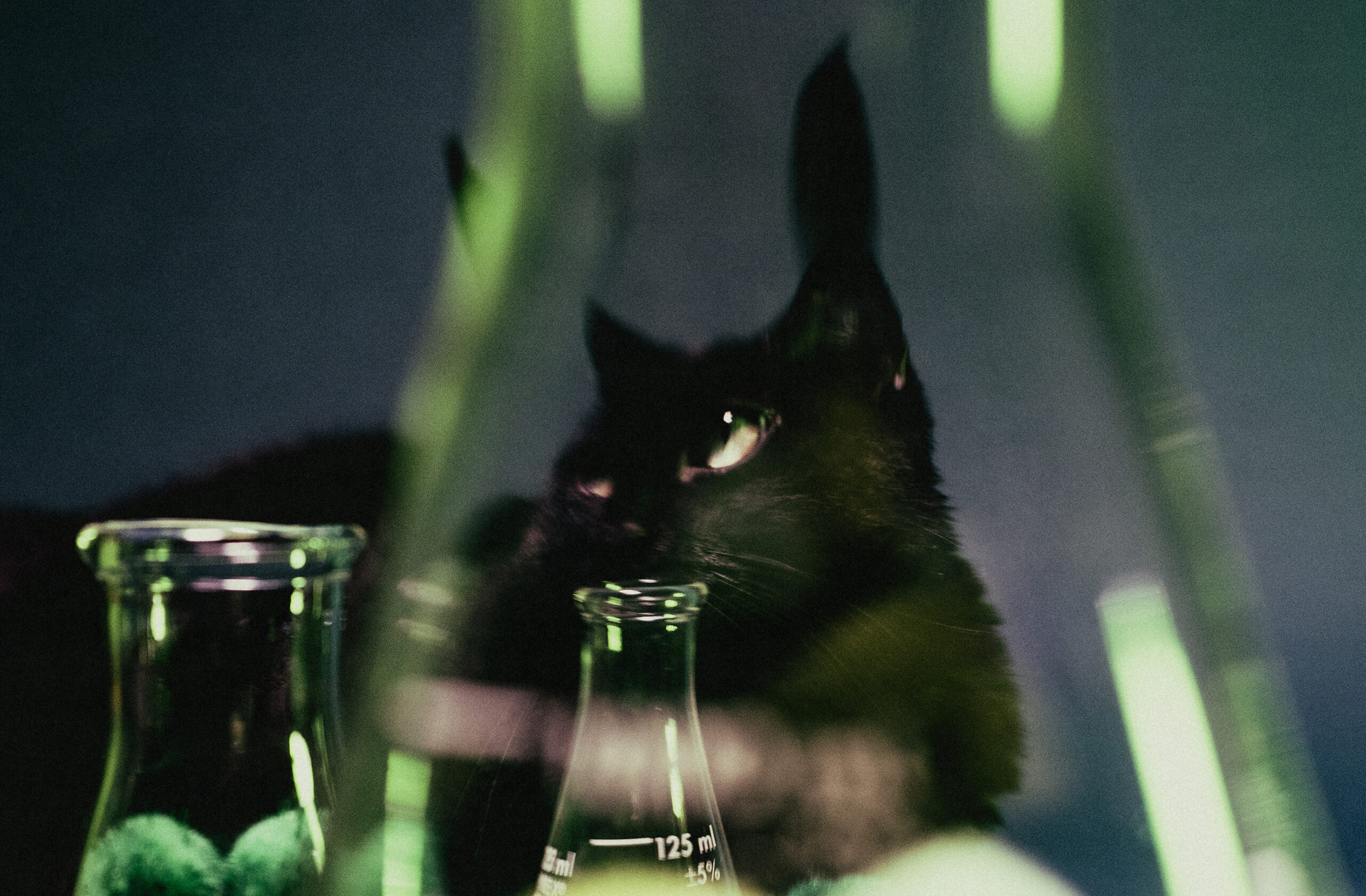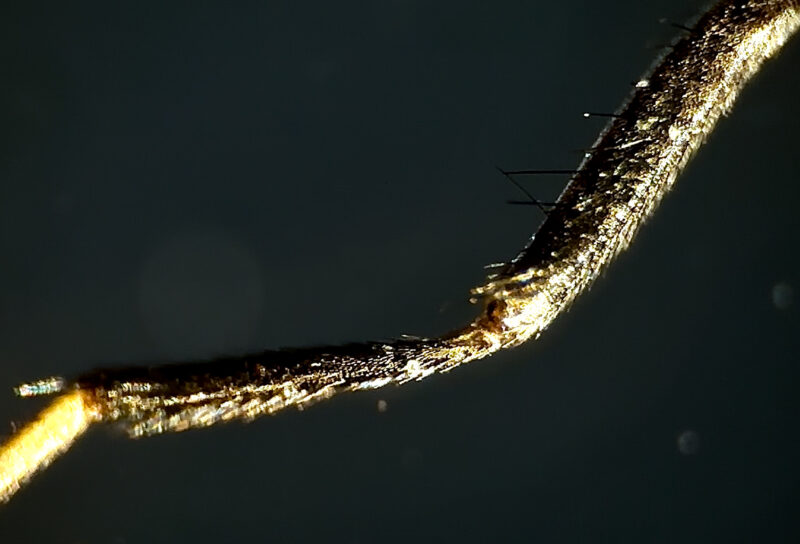Seven years ago, a research team in Cambridge, Massachusetts announced that they had discovered a new gene therapy-based method of contraception. The group of surgeons, led by Harvard researcher David Pepin, had flushed a population of lab mice with a hormone derived from human gonads called anti-Mullerian hormone, or AMH, and found that it had safely rendered them infertile. This was unfortunate for the mice, but revealed a possible new approach to birth control.
But for whom? A single intramuscular shot leading to irreversible infertility wasn’t suitable for humans — or at least, was unlikely to have ethical application. The team soon sharpened their focus on dogs and cats. This new method could help check stray overpopulation that still troubles so many of the world’s great cities.
Last June, Pepin’s team published a study in collaboration with experts from the Cincinnati Zoo, in which they reported introducing a durable contraception in female cats for two years — a span they hope to soon extend to their whole lives. This proposition — a viable non-surgical alternative to neutering — has stirred immense curiosity among veterinarians and pet owners alike.
This is not the first attempt at non-surgical contraception. In the past two decades, numerous research groups have established a range of alternatives to spaying and neutering. In one such method, hormonal implants are inserted into an animal’s uterus, but the effect lasts only for a few months. The challenge has been to find a more enduring approach.
“There was a real push to try and find something that could be longer acting,” explains Linda Rhodes, a member of the scientific advisory board at the Alliance for Contraception in Cats and Dogs in Oregon. “Pepin’s work is the first that shows promise for lifetime contraception.”
The Case
Spaying and neutering dogs and cats is messy business. It involves removing the uterus and ovaries in females and testicles in males. “It is a very effective lifetime sterilization method,” Rhodes says, but the anaesthesia and surgery carry their own risks for the dogs. Acute blood loss is the most common complication, though it rarely causes death. In the recovery period, the animals require careful monitoring. Infections are common. Female dogs often develop something called ovarian remnant syndrome, a condition where the animal still shows signs of estrus after surgery.

“Instead of all that, I could just give her one intramuscular shot and we’ll be done,” Rhodes says.
The advantage of this approach is its speed, allowing it to be done on a much wider scale than neutering. This is pressing work. The animal control crisis that still exists in many of the world’s cities is cruel to animals but also dangerous for people. The Indian government launched the Animal Birth Control Program in 2001, the primary aim of which has been to trap and sterilize stray dogs, but they have never managed to make it work at scale. To this day, about 18,000 to 20,000 people in India die from rabies every year. Recently, a woman in India’s capital Delhi was mauled by a pack of dogs.
According to Rhodes, it’s simply impractical to trap thousands of feral animals at a time, perform a sterile surgery on them, and help them recover from the effects of sedation. “It just takes a tremendous amount of resources,” Rhodes points out. “The logistics of how a single intramuscular injection would work could be vastly superior.”
How It Works
Though Pepin’s team were tapping AMH for its contraceptive properties, the hormone is better known for a different therapeutic effect — protecting ovarian reserve in women who undergo chemotherapy. AMH is produced by the ovarian follicles, which are small sacs in the ovary that can release eggs for fertilization. The hormone regulates the number of growing follicles, thereby keeping a check on the number of eggs that are released.
Pepin’s team — with received funding from Michelson Found Animals Foundation, which offers support of up to $25 million for scientists who develop a single-dose, permanent, non-surgical sterilant in cats and dogs — flushed their lab mice with high doses of AMH, which completely arrested the formation of ovarian follicles. Instead of injecting the virus, they administered it through a vector: an adeno-associated virus. Once injected intramuscularly, a single shot would trigger the muscles in the body to produce AMH.
Pepin’s group decided to test this method on female cats, using a slightly altered version of the cat AMH gene for their experiments. The researchers recruited nine female cats for their study, six of which were subjected to gene therapy. Three other cats — the lucky ones, really — served as control animals. A male cat was brought into the colony of female cats for mating trials. After two years, all three control cats gave birth, whereas those cats that underwent gene therapy never got pregnant.
Though this method involves the use of viruses, Pepin insists that it’s safe for the animals. Different viruses are used for different types of gene therapy. Adeno-associated viruses usually work well, Pepin says, because the genes carried by the virus don’t enter the genome of the animal. “The adeno-associated virus will infect the muscle and deliver the gene, but the gene will just basically stay floating, and the muscle cell will produce the protein,” Pepin says. “It doesn’t get into the germ cell.” Further, he says, the virus does not spread among cats, and does not get transmitted to the injected cat’s progeny.

The team has yet to try their method on dogs. Cats were an easier first step, because they are smaller than dogs and so require comparatively less virus. Crucially, also, they reproduce more often. Cats are induced ovulators — they ovulate whenever they get a chance to breed — while dogs only ovulate once or twice a year.
“It’s a lot more complex in dogs,” Pepin adds. “We can’t just put a male with a bunch of females and see what happens, as we do in cats.”
Bill Swanson, a collaborator of David Pepin’s research at the Cincinnati Zoo, says there is a long way to go before this treatment gets close to market. Gene therapy is expensive; the team would have to drive down costs dramatically. “We have to figure out how to scale up the production to produce millions of injections,” says Swanson, who also derves on Michelson Found Animals’ Scientific Advisory Board. The team plans to collect follow-up data for at least five more years to ensure that their method offers permanent contraception. Currently, they are working on getting the FDA approval for their vectored-contraception method, which they think would be considered a veterinary product.
Swanson sees another advantage of this approach. Unlike castration and spaying that requires the presence of a veterinarian, the gene therapy method opens up the opportunity for people working on trap-neuter-return programs. “You could have a lay person that’s properly trained to give intramuscular injection.”

Imperfect Precursors
An appetite for non-surgical contraception methods in dogs and cats has been building among animal researchers since the 1970s. Specifically, researchers have been after immunocontraception, birth control methods that use the body’s immune response to prevent pregnancy.
Targeting reproductive hormones like the gonadotropin-releasing hormone has been a holy grail within the field for the last 50 or 60 years, says Bruce Hay, a biology professor at Caltech. Hay works on developing a single shot lifelong contraception for mammals. His team uses a recombinant adeno-associated virus to express antibodies against the gonadotropin-releasing hormone, the substance that helps set off a cascade of reproductive hormones.
Scientists working in this sector have also taken an interest in targeting the zona pellucida, a glycoprotein matrix that surrounds the unfertilized egg. Sperm must bind to the zona pellucida before they can penetrate the egg, Hay explains. The zona pellucida antibody blocks all the available binding sites, inhibiting fertility. In immunocontraceptive methods like these, Hay says, there will be individual variability in response to the method. We all have different repertoires of molecules, and proteins that stimulate and activate our immune response.
This new method could help check stray overpopulation that still troubles so many of the world’s great cities.
One non-surgical contraceptive has already become commercially available in the US. The product from the company Virbac injected under the skin contains a component deslorelin acetate which mimics the action of the gonadotropin-releasing hormone. The deslorelin implant is cleared for use in male dogs only in the EU, Australia, New Zealand, Canada and elsewhere.. In 2022, the implant was registered for use in male cats and female prepubescent dogs in the EU. In the US, the implant is licensed only for use in ferrets.
In males, the implant releases a continuous low dose of deslorelin. Over time, deslorelin desensitizes gonadotropins, the hormones which regulate testosterone secretion. Because of this, testosterone levels in males drop, which in turn affects their libido and decreases the chance of the female getting pregnant. However, the implant’s effect is temporary and suppresses fertility for only 6 or 12 months. In female dogs, the implant delays the onset of puberty by around 6 months.
Immunocontraception in dogs and cats has not been particularly successful so far, says Michelle Kutzler, a professor of Animal and Rangeland sciences at Oregon State University. “Animal shelters, humane societies, and rescue organizations don’t want anything that is reversible,” says Kutzler. “They want permanent sterilants.”
Another advantage of adeno-associated virus-based therapies, according to Hay, is that their mechanism will be uniform in all animals, unlike the immunocontraceptive techniques. The nice thing about skeletal muscles, Hay mentions, is the longevity of the cells. Injected with virus, they are likely to express the protein even decades later: “If you really want something that gives you long-acting contraception, then adeno-associated virus-based gene therapy is the way to go.”



